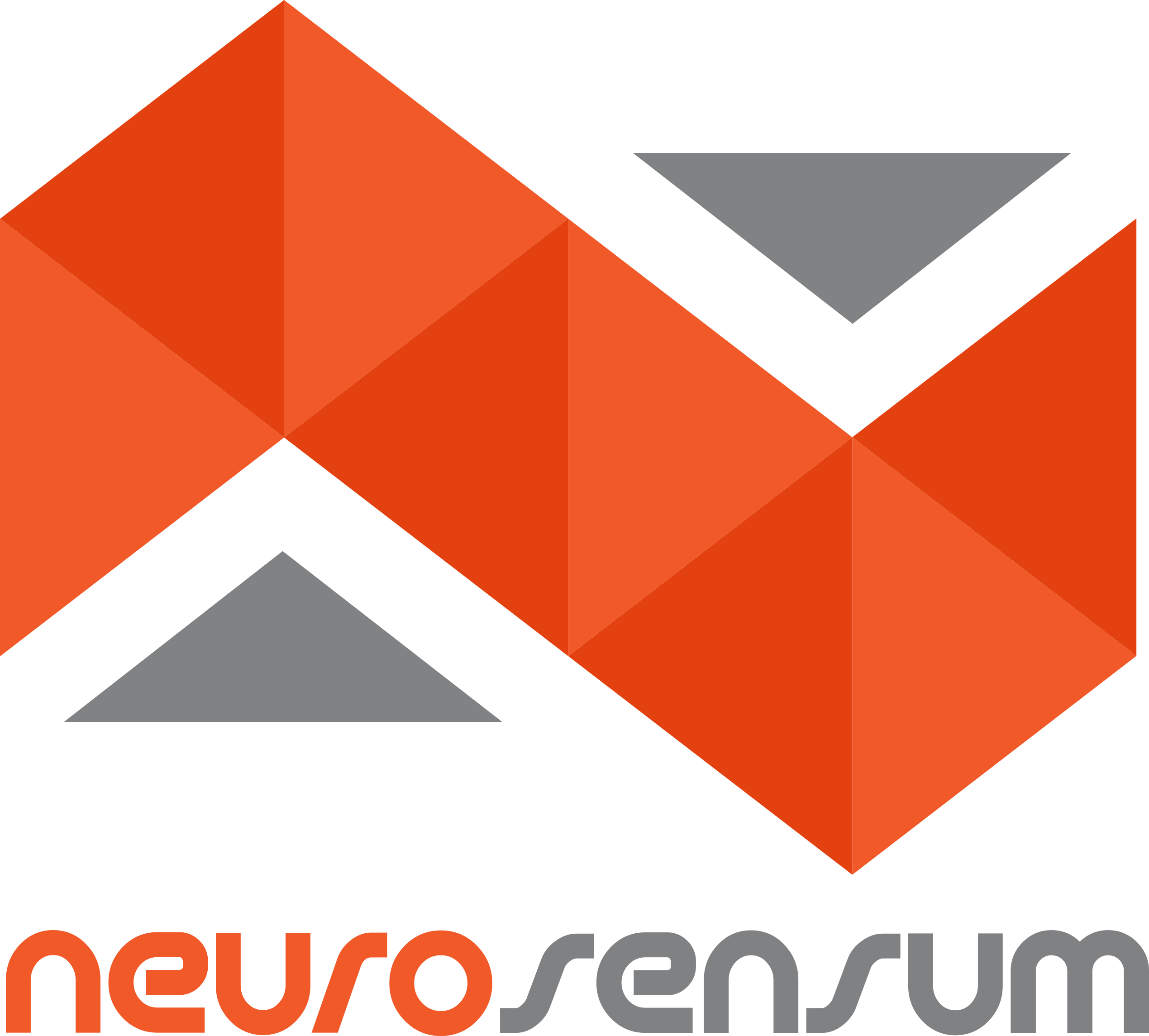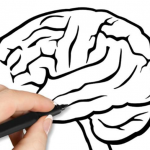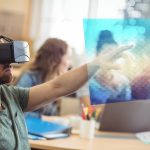AI – The Next Generation of Research
By Rajiv Lamba, Managing Director, Neurosensum
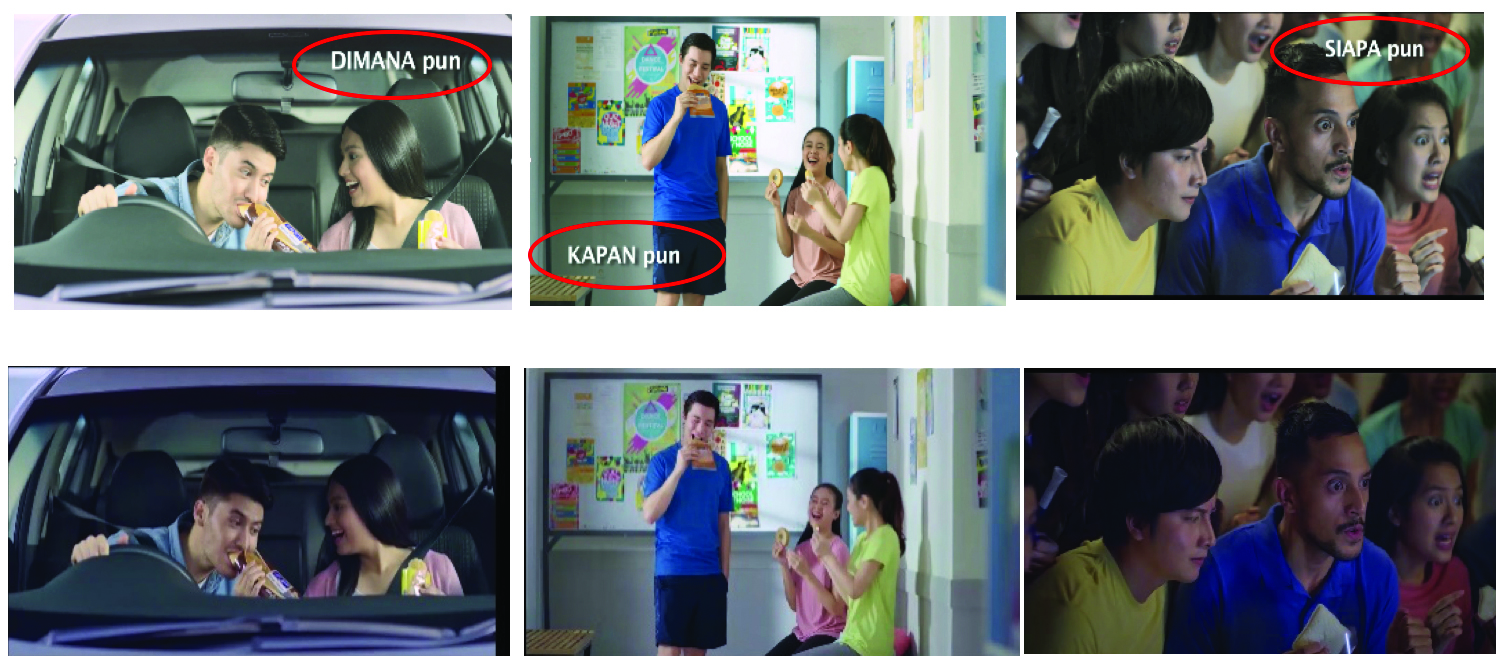
Market research has for decades relied on researchers asking questions, and on respondents giving answers to those questions. We have, of course, gotten a lot smarter about asking the questions and understanding the answers, but we are still learning.
Projective techniques, metaphoric thinking, and the use of imagery such as the Zaltman Metaphor Elicitation Technique (ZMET) have tapped into the deeper-held thoughts and feeling of consumers. Statistical techniques have also derived the underlying importance and drivers behind areas such as purchase decisions, but they still rely on interviews or surveys to gather the information, and some manual processes to deliver the results.
The ‘next generation of research’ is about using technology to probe directly into the irrational mind of the consumers, and this falls into the area of neuroscience and artificial intelligence (AI). These applications will revolutionise market research in several ways, but the science needs to be distinguished from the survey technology that preceded it.
Since the 90s, the research business has seen automation, e.g. data capture through CATI, CAPI, and later through online surveys, and automated data delivery through dashboards. Previously, data analysis followed the instructions it had been given and did not make any decisions or learn anything new each time the process ran.
Today, Neurosensum is leveraging the ‘next generation’ of research, which is the ability to process large, unstructured datasets, and is applying electroencephalogram (EEG), virtual reality (VR), eye tracking, reaction time-based applications, and facial coding techniques to go that much deeper. We are applying this to communications, product testing, and packaging research.
Often people say that neuroscience and AI will not deliver the ‘why’ behind market research, but we are able to combine implicit data with the explicit survey data of consumers to give real insights to brands.
To demonstrate the usage of EEG and eye tracking, we conducted a project with our client PT Nippon Indosari, one of the largest bread producers in Indonesia (Sari Roti). Our objective was to evaluate the performance of their TV commercial (TVC) before it launched. The consumer responses were computed into brain states and emotions which helped to measure the engagement of consumers.
The overall performance of the TVC was excellent and it passed all normative databases. From the EEG device, we found 43% of the TVC was engaging, in comparison to our norms of 34%.
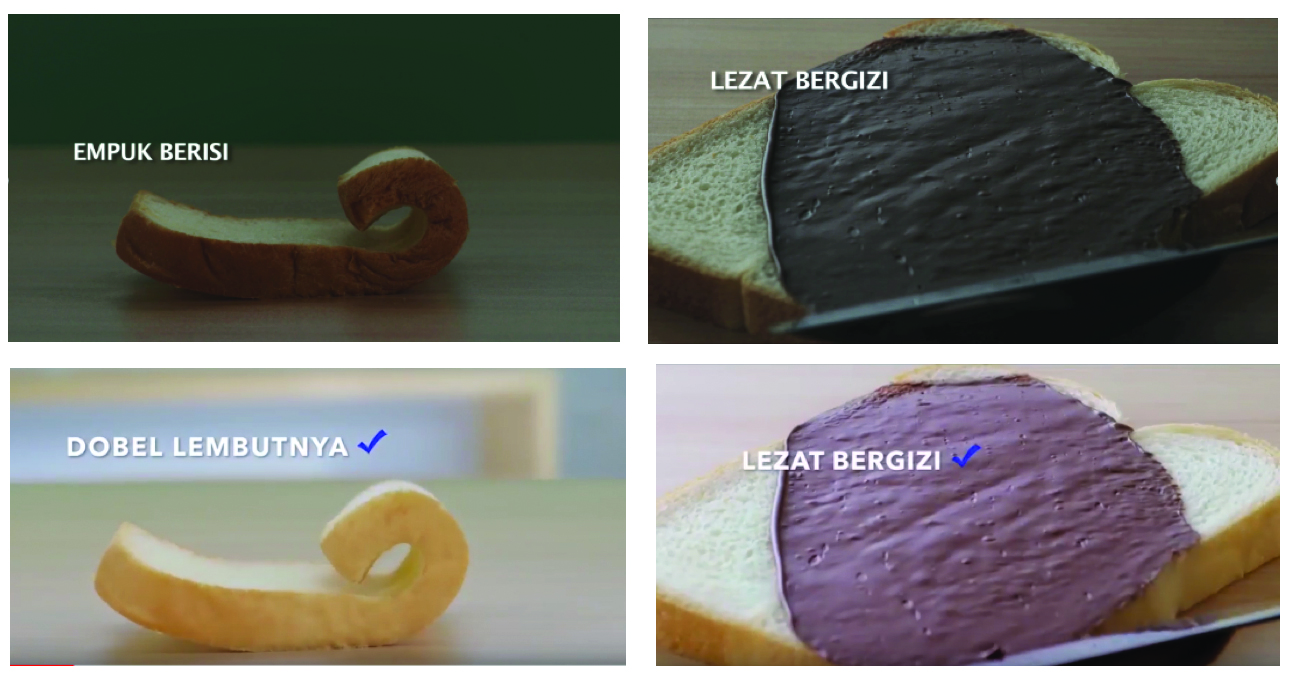
But to make the TVC more attractive to the audience, we recommended improving some scenes; we recommended taking out text like “Siapa Pun”, “Kapan Pun”, and “Dimana Pun” as eye tracking revealed consumers were not looking at these elements in the TVC, while explicit data revealed that consumers were able to recall the message that “Sari Roti can be consumed anytime, by anyone and anywhere.”
We also recommended adding music/a jingle to gain the consumer’s attention when text like “Empuk”, and “Bergizi” appeared in the TVC. We know how text placement influences the message perceived by the audience, thus we recommended moving the text closer to the centre. Neurosensum also helped the client to make a 15-second TVC by taking out the scenes which were less engaging (from brain states/EEG data).
Neurosensum is a team of experienced neuroscientists, consumer research experts and AI experts. To improve usage of neuroscience across the world, we are also open to white labeling this technology and methodology to various research agencies.
—–
Source: Asia Research
